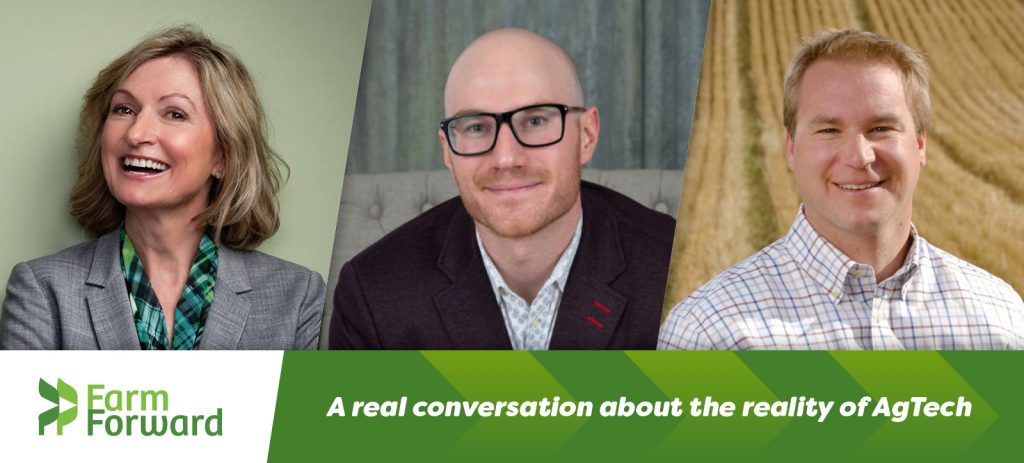At the recent AgSmart event in Olds, Alberta, WS’ Chief Intelligence Officer, Susan Groeneveld, joined Steve Larocque, of Beyond Agronomy, and Shane Thomas, of Upstream Ag Insights, for a panel talk designed to invite farmers into the conversation about agriculture technology. Here are 5 insights we drew from the discussion, specifically around the mistakes that many ag tech startups make as they attempt to bring their products to market.

Though it’s a common position that agriculture is not quick at innovating, ag was innovative before your ag tech startup arrived on the scene. Our tendency as humans to focus on only the newest innovations can make it easy to forget that there have been many innovations in agriculture, and their success was dictated by several factors.
Successful innovations add to the farmer’s experience, seamlessly integrate with their existing systems and practices, and are simple to operate. Many new innovations that have come to market have been more complicated, adding incremental complexity to the workflow. This complexity creates time-wasting friction for farmers who try to adopt it. And if there’s one thing farmers don’t have much of, it’s time to waste.
‘The narrative of many startups is, “So-and-so was doing something, and then they had a brilliant idea.” That’s a very solution-focused, product-focused, idea-focused narrative of how and why things get created.
We almost never tell the narrative of, “Mack was thinking really hard about how to get people to blank. Then he did X, Y and Z to figure out how to get people to blank.”’ – Matt Wallaert
When it comes to introducing new technology to farmers (or to any audience, really), you are asking them to change their behaviour. Most have farming practices that are rooted in decades of tradition and don’t see a problem with that. So then, if they don’t see a problem, how will your agtech solution appeal to them?
Consider autosteer. Farmers knew that precision was important when it came to increasing yield and reducing input costs. The problem was that humans are imprecise, and so, human drivers of tractors created imprecise rows. Autosteer was the solution to that – but it started with understanding the problem.
Farmers don’t have the time or desire to be the test subjects for new ag technology – at least not when that technology is presented to them as a market-ready product that you want them to invest time and money into integrating into their practices.
Ensure your product is well tested by inviting farmers to test for you. At this stage, you should be paying them, not the other way around. This might come in the form of discounts, equity, or some other agreement, but paying your test farmers for their time, effort, and potential losses will go a long way to building trust.
Our team recently visited a local operation to watch the farmer and his son interact with a software tool they had never experienced before. This allowed our team to gain valuable feedback to share with our client about the user experience, interface, and most importantly, the benefits that were immediately perceived by the farmer as important.
It’s rare that any technology is going to completely stand alone. You must have a strong understanding of how your innovation will integrate with a farmer’s existing practices. This goes back to testing. It’s unlikely you’ll be able to predict every possible pain point or area of conflict or overlap. Observe farmers using your innovation in the real world, within their workflow.
In addition to understanding how your product will fit into the larger picture of your customer’s operation, you must also have an understanding of how its integration will be reflected on their income statement. Does it reduce expenses? Increase profits? Can you articulate a non-tangible benefit in a tangible way – for example, time saved expressed by reduced labour costs?
When it comes to clean technology in particular, the behavioural change being asked of farmers is significant. The global community has yet to agree on the science and protocols behind many environmental initiatives, and governments seem to continually move the goalpost.
Encouraging farmers to adopt clean practices cannot be an all or nothing approach, even if your research and development team is insistent that it should be. Successful startups should explore what incremental improvement looks like, and ways in which they can support their farm customers in slowly implementing these changes into their operations.
Want to talk about how we can better help farmers implement new technology on their farms? Hit us up on Twitter @simplyWS_